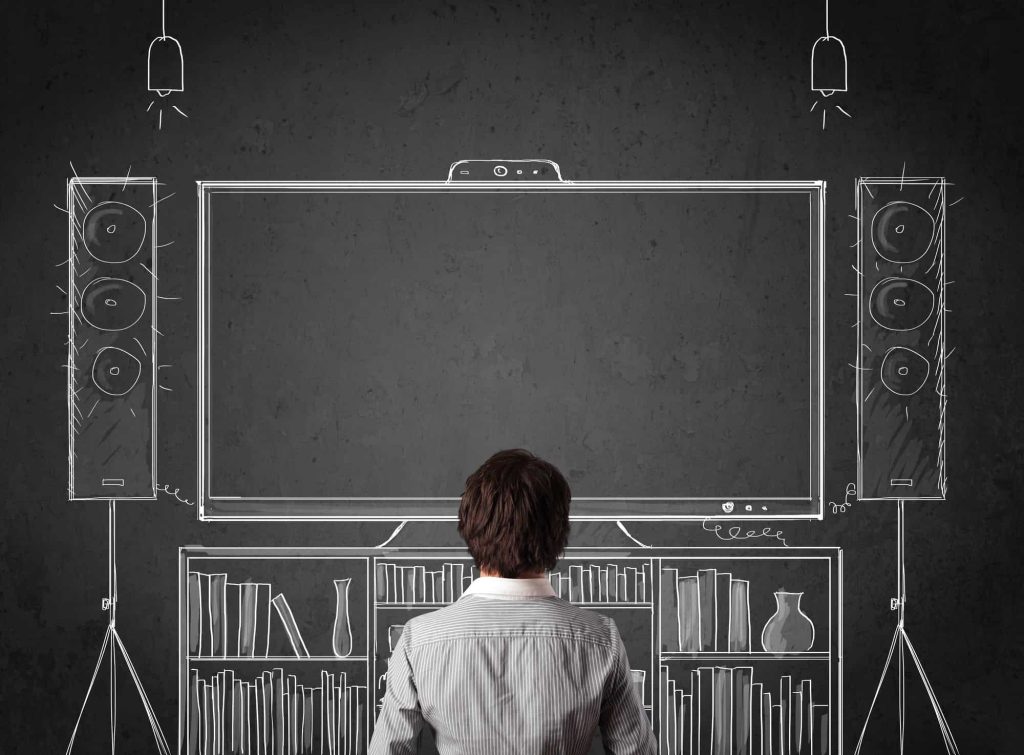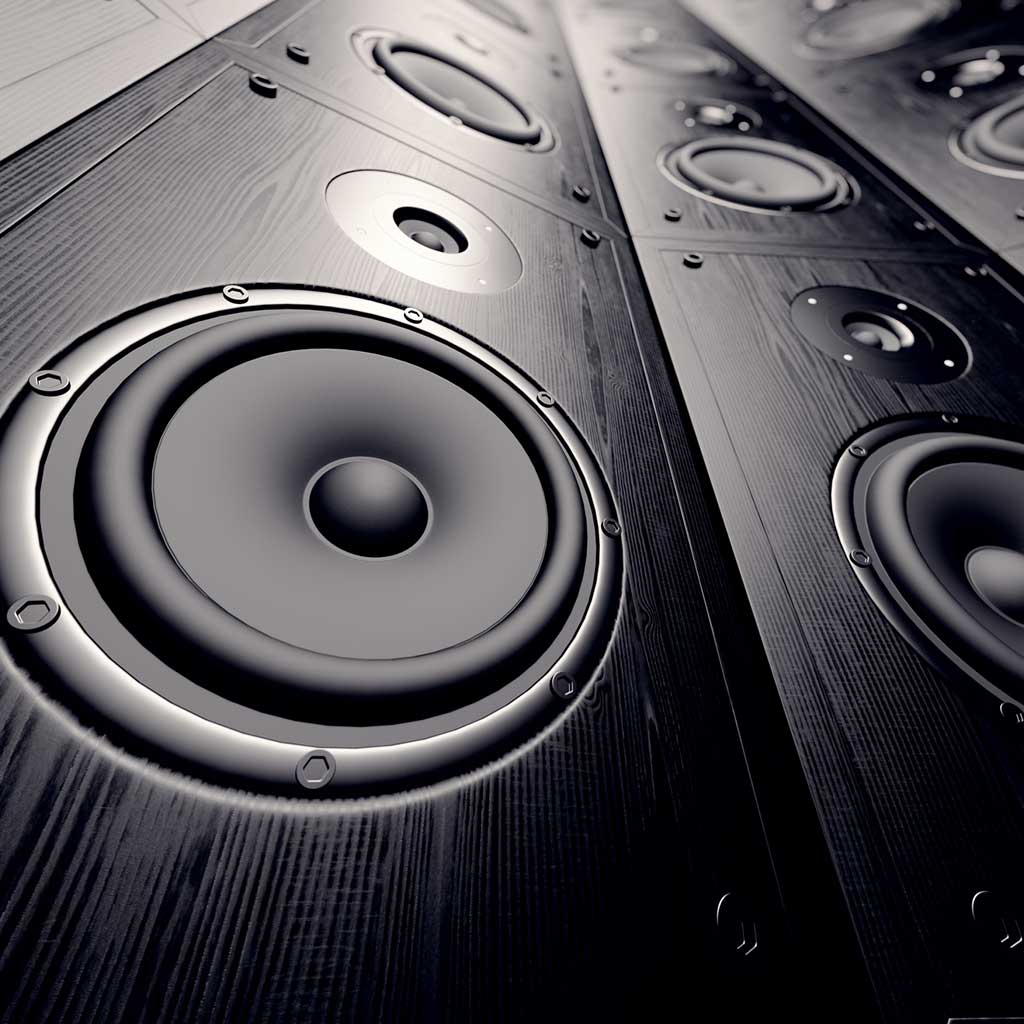When you hear the term “Dolby Atmos” you probably think of the cinema. Perhaps a pre-showing advert for the latest in sound technology, giving you an immersive experience while you watch the latest blockbuster. Music and the big screen have always gone hand-in-hand, and Dolby Atmos is now becoming an incredibly useful tool for the music industry.
We should’ve seen this coming. Musicians and producers have more tools in their arsenal than ever before, and utilizing Dolby Atmos has become far more mainstream.
Atmos Explained
Dolby Atmos is an immersive audio technology. Though we associate it with the cinema, one of the reasons it is now viable for producers is the fact that people can now get this tech in their home.
Many people have 5.1 and 7.1 setups, but added speakers can give an even more immersive experience. For example, some people want to ceiling-mount extra speakers or provide a subwoofer underneath or behind the couch. Audio is truly becoming 3D.
The way an Atmos setup works allows for flexibility. Listeners don’t necessarily have to have the most incredible audio tech equipment in order to get some of the benefits of this method of delivering audio.
How Does it Sound?
If the Atmos immersive tech was no different than other immersive audio systems, then what would be the point?
Fortunately, the sound really is different, with recording and mixing techniques designed to give more dynamics and movement. The idea is to put the listener at the center of a “dome.” Percussion, strings or any other instrument can move around you, giving an impression of space.
Once, minds were blown when we moved from Mono to Stereo sound. This is infinitely more detailed and can allow sound to originate above, below, or anywhere else in the 360-degree field.
It is clear from this description why these systems have become so incredibly popular for use in movie theaters, but there is definitely an application for music production. Dolby is educating its users on the process of creating music designed to be listened to in this space. A YouTube series includes videos from Coldplay and Deadmau5, discussing making music on this platform.
As well as new music being recorded and produced for Dolby Atmos, existing classics including R.E.M’s “Automatic for the People” are being revisited and mixed for the immersive soundstage.

How Can You Listen?
The Atmos technology can utilize over 30 different speakers, soundbars and other Atmos-ready systems.
If you aren’t too much of an audio geek, you don’t need to worry. Dolby systems can be bought as an all-in-one bundle, and their compatible soundbars and 7.1 systems are able to give an immersive experience within the home. There are even Dolby Atmos equipped phones.
While you won’t get the same experience listening on a phone, there is a marked improvement in the sound. Likewise, if you set up a home system, you can add further Dolby Atmos enabled speakers in the future to create a cinema-style environment.
It seems that Amazon Music is going to be a big part of the future for Dolby Atmos, and the songs that have been mixed and released on the platform are already available to stream on the Amazon Music HD service.
Dolby’s website features numerous features on artists who are already embracing this method of recording and releasing, with some huge bands and musicians signing up to release in this way. New generation iPhones, along with other brands, are compatible with Dolby Atmos, and it seems clear that this technology is set to revolutionize home listening.

